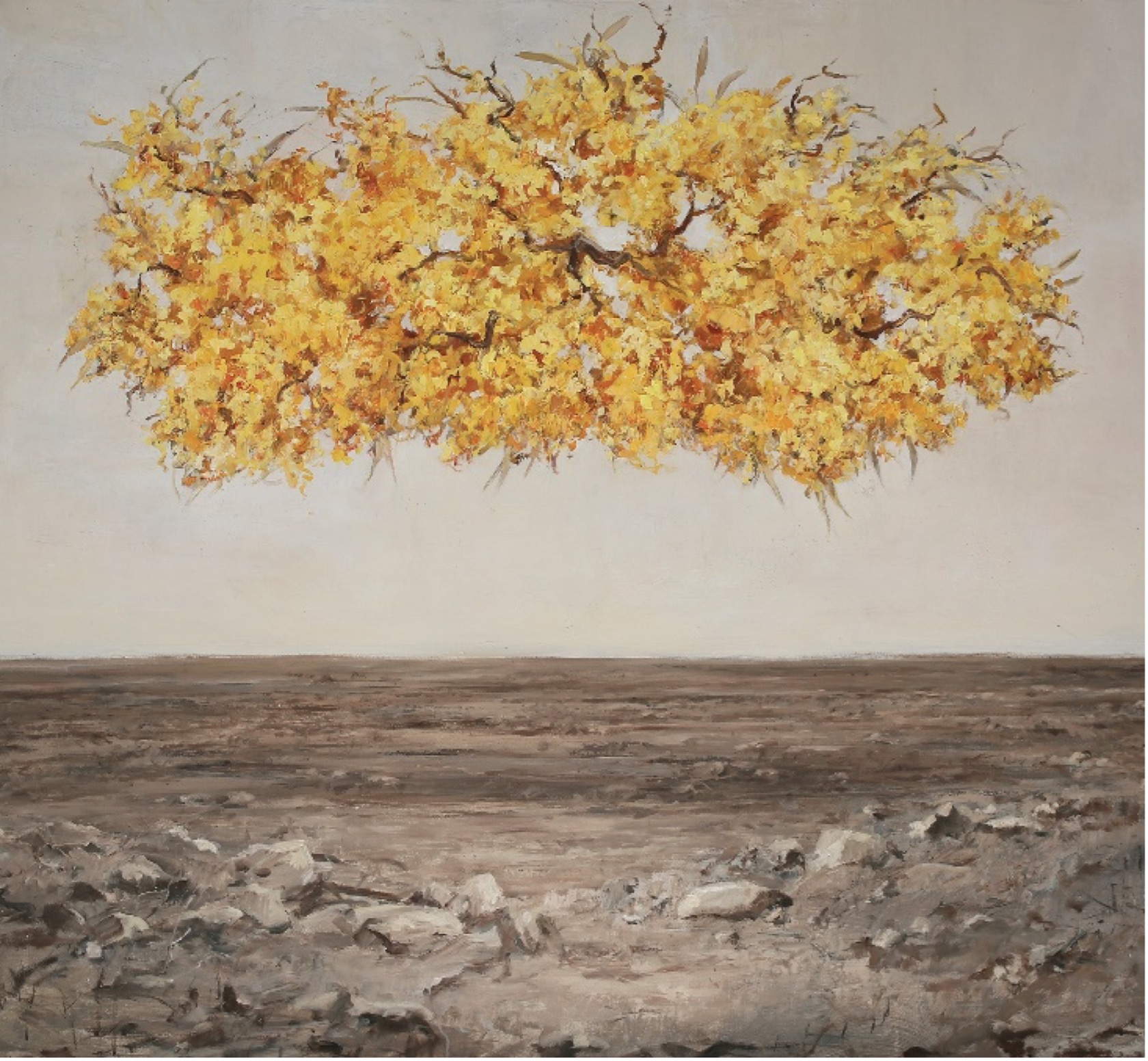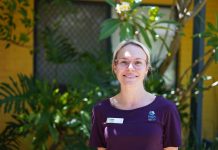The time for Australian seniors, who can rightly claim they have been fruitlessly searching for an effective voice for decades, has arrived.
Along with Indigenous people, the disabled and the disadvantaged, seniors are being heard. It is a turning-point for politics, economics and our health care sectors.
The sheer weight in seniors’ numbers has helped wake-up governments, acknowledging the embarrassing failings of past so-called care and support systems and treatments.
The rising voice of seniors will continue to get louder with the number of Australians aged 85 and over to rise from about 540,000 to 1.28 million in 2041 – just 18 years away.
“Residents of large and old-style nursing homes sit alongside prisoners as the only groups in Australia still living in institutional settings,” said Geoff Rowe in The Australian.
Mr Rowe, CEO of Aged and Disability Advocacy Australia wants 10 per cent of Federal Government aged-care reform spending used to explore ways to deinstitutionalise care, giving those in their twilight years a better chance to aged well.
Seniors obviously want to stay in their homes for as long as possible. It makes sense for their care and comfort and also, for the nation, economically and morally.
Craig Gear, CEO of Older Persons Advocacy Network, says older people are crying out for more diverse accommodation so they can live where they want in the way they want.
This was reported front page in the national daily – significantly indicating how seniors’ voices are getting louder and being heard in the right places, filtering through to MPs.
In an editorial, the newspaper wrote: “The emerging crunch in the nation’s aged-care system is no surprise.”
It quoted Kylie Ward, CEO of Australian College of Nursing, saying it would take five to 10 years to recruit enough staff to meet the Prime Minister’s goal to have 24/7 nursing care in all residential aged care centres.
Meanwhile, two-thirds of nursing homes are running at a loss, losing an average $28-a-day for every resident.
This financial year, Canberra budgeted $27 billion for in-home and residential care, rising to a massive $35 billion by 2025–26.
Geoff Rowe said there was an alternative to returning to anachronistic 100-plus-bed nursing homes homogenising the lives of older people. These multi-bed centres tended to foster a loss of autonomy, freedom and purpose, as well as feelings of isolation and sometimes abuse and neglect.
He said the disability and mental health sectors recognised, decades ago, the benefits of people moving to community-based living and support.
The aged care royal commission found 1.3 million Australians received aged-care services in 2018–19, including 840,000 people on the Commonwealth Home Support Program.
More than 240,000 people were in residential aged care and another 133,000 were receiving home-care packages.
Mr Gear says the options possible for seniors include mobile and manufactured homes, retirement villages, small communal and home-care arrangements – much of it depending on market demand.
The demand for high-end aged care could surge by nine per cent a year for the next 20 years.
The editorial said: “Most people, understandably, will want to stay in their own homes, but some within a few years will need residential care.”
And there is the looming point of realism: To meet our higher-standard expectations, there will need to be an element of user-pays.
What do you think?
Email info@haveagonews.com.au with Opinion in the subject line.






































